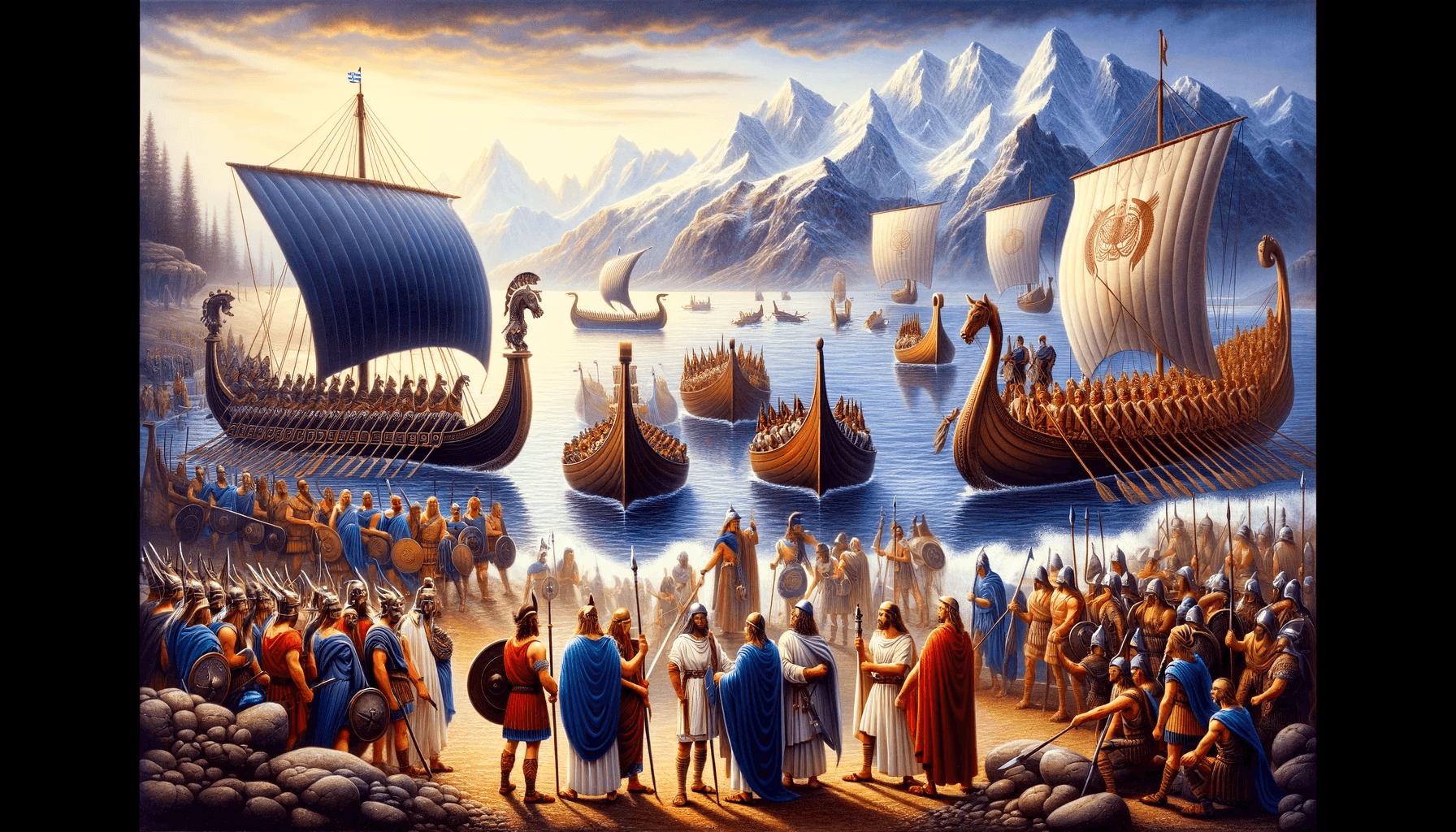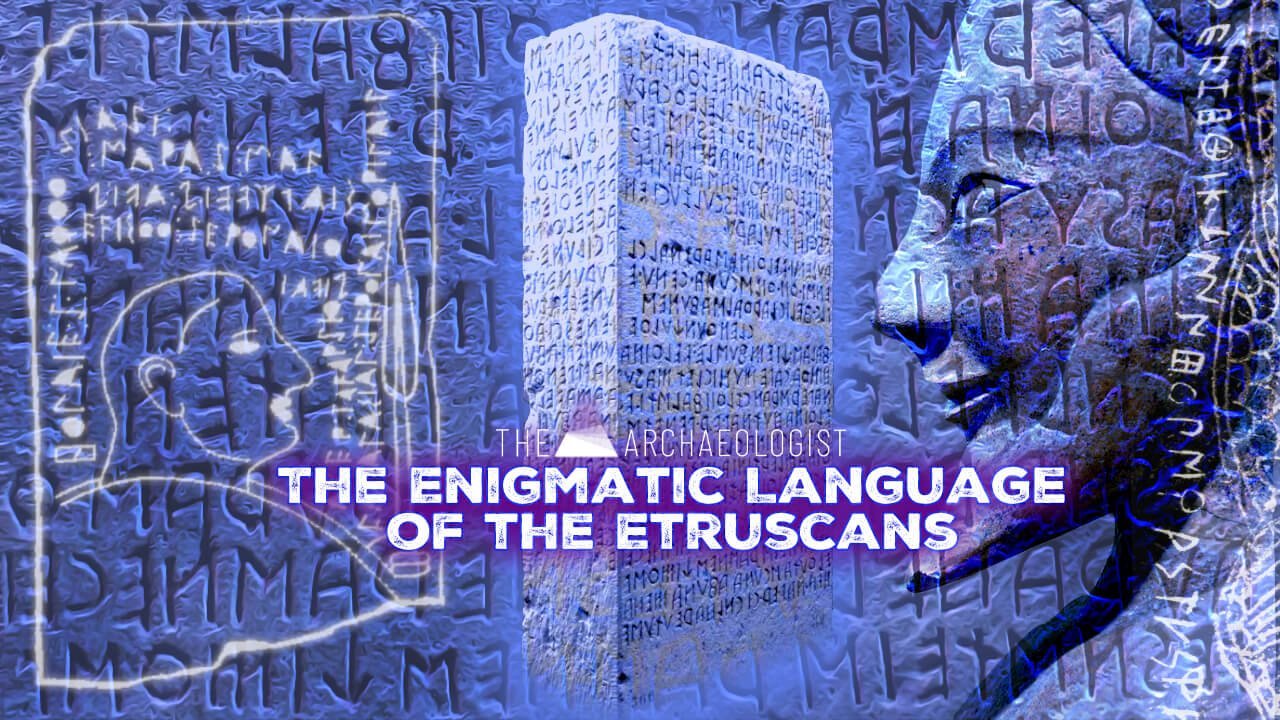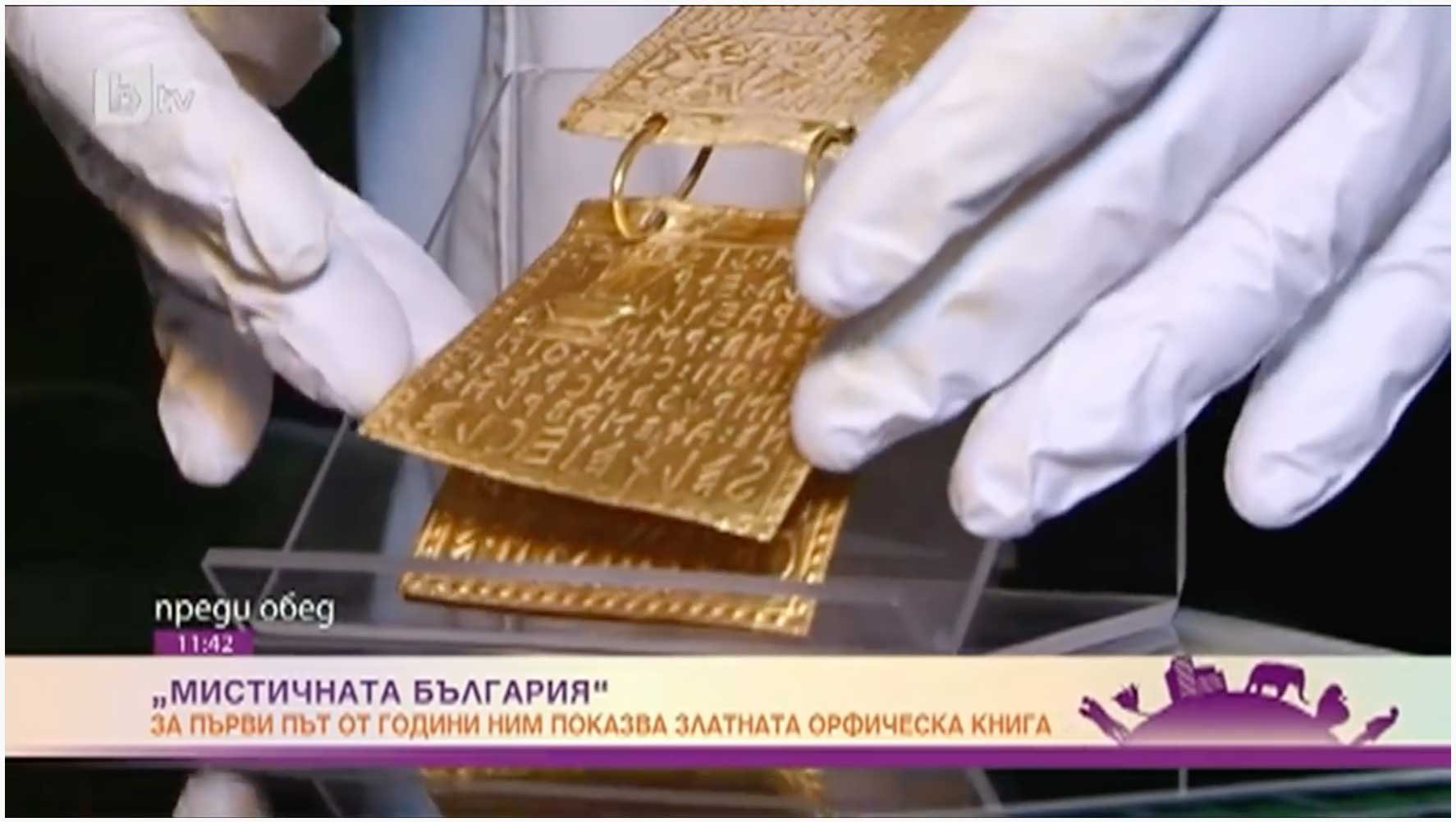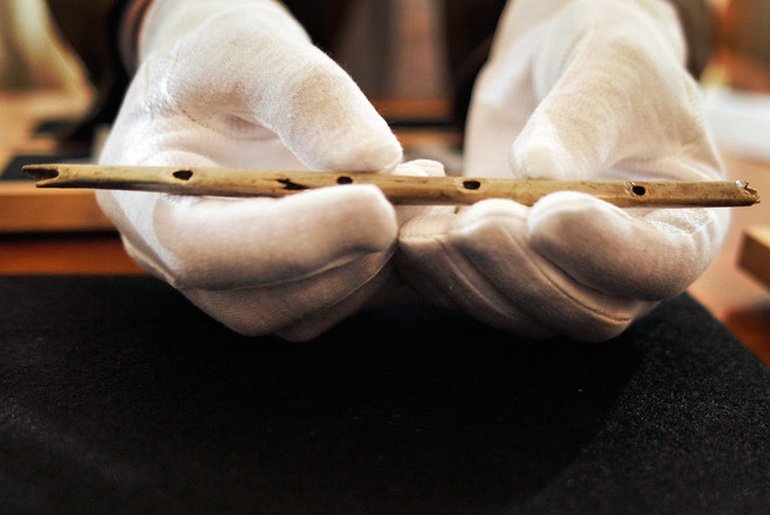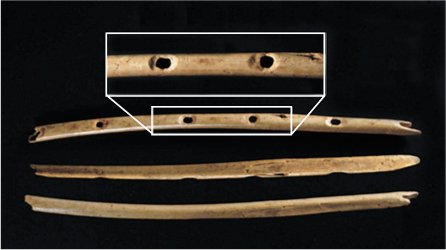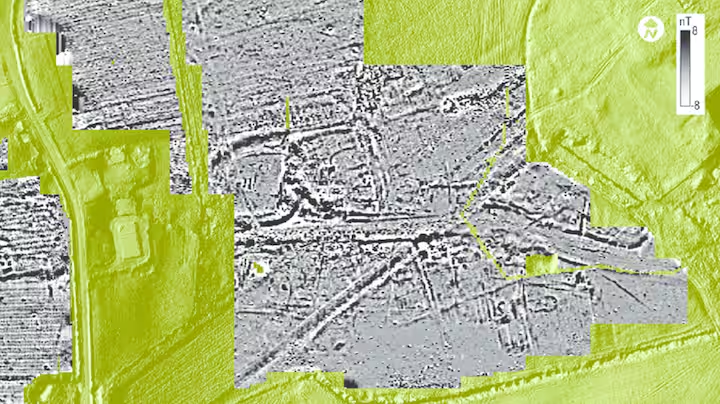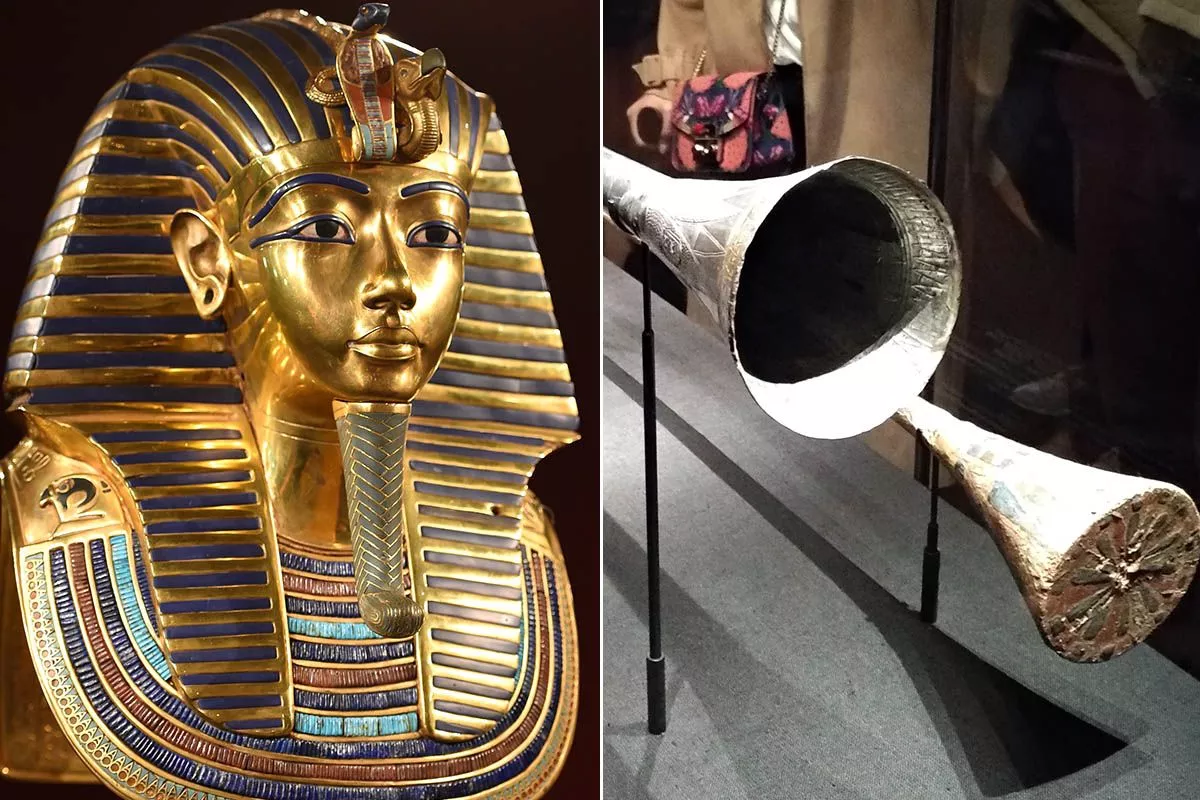Unveiling a Darker Side of Nordic History
In recent years, historians have established that slavery during the Viking era was far more common than once believed. And it was during this era that, for the first time, Scandinavians made the capture and use of slaves a key part of their economy and military campaigns. In fact, some historians now argue that the Vikings were responsible for more human trafficking in the period 750–1050 C.E. than any other civilization. Although slavery existed in some form in Scandinavia long before the Viking era, it was during this period that we saw a sharp uptake in the number of slaves.
When one thinks of Vikings, images of fearsome warriors, expert sailors, and legendary raids often come to mind. While these portrayals hold truth, there's a less explored facet of Viking society that remains essential to understanding their way of life: the institution of slavery. Just like other ancient civilizations, the Viking Age (circa 793–1066 AD) witnessed a thriving slave trade, providing vital insights into the socio-economic fabric of the Nordic world.
Origins of Viking Slavery
Slavery, or "thrall" (þræll in Old Norse), was deeply embedded in Norse society long before the Viking Age. Origin tales like the 'Rígsthula,' a poetic lay from the Old Norse 'Poetic Edda,' recounts the story of the god Ríg, who sires the classes of slaves, freemen, and nobles, indicating the age-old acceptance of this social hierarchy.
Sources of Slaves
Viking raids, which remain infamous for their ferocity and scale, were significant sources of slaves. Monasteries, villages, and towns across Europe, particularly in the British Isles, were favorite targets. The inhabitants of these raided settlements were often captured and enslaved.
Another source was the internal economy of the Nordic regions. Poverty or debt could push individuals into slavery, either voluntarily or involuntarily. Furthermore, the children of slaves were automatically considered slaves, perpetuating the cycle across generations.
Roles and Living Conditions
Slaves in the Viking world were primarily used for manual labor. They tilled fields, tended livestock, and did household chores. Skilled slaves, although a minority, could be artisans, craftspeople, or even attendants.
Living conditions for slaves were understandably harsh. They were often subject to the whims of their masters, with little to no rights. Physical punishments were common, and their freedom of movement was restricted. However, it's worth noting that the treatment of slaves varied widely, contingent on the disposition of their masters and the specific roles they played.
Economic Significance
Slaves were considered valuable commodities in Viking society. They were often traded in markets across Europe and Asia, forming an integral part of the Viking economy. Notable trading centers, like the one at Hedeby at the southern tip of the Jutland Peninsula, saw the exchange of slaves for various goods, from Arabic silver to exotic spices.
The End of Slavery in the Viking World
The decline of Viking raids and the increasing Christianization of Scandinavia in the late Viking Age played significant roles in curbing the slave trade. Christian doctrine, emphasizing the inherent value of all human beings, conflicted with the concept of slavery. By the late Middle Ages, as Scandinavian kingdoms centralized and legal systems evolved, the institution of slavery began its gradual decline, eventually fading into obscurity.
Slavery in the Viking era stands as a stark reminder that no civilization, no matter how advanced or formidable, is immune to the darker facets of human nature. While the Vikings are celebrated for their exploratory zeal, martial prowess, and cultural contributions, it's essential to view their history holistically, acknowledging the complexities and contradictions that define any society.
Who were the Vikings?
Today, Scandinavia is known as three separate countries: Denmark, Norway, and Sweden. But back in the 8th to 11th centuries, these three countries were more of a loose region known as Scandinavia. The people of Scandinavia were followers of the Old Norse religion and were recognized throughout Europe under the banner ‘Norsemen, or the now more popular Vikings.
Scandinavian society consisted of loosely connected tribes and petty kingdoms of Vikings scattered throughout the three regions amidst large areas of uninhabited land. As people most famous for their seafaring adventures and terrifying raids across Europe, it's no surprise that, like many other societies, the Vikings regularly took not only goods from the places they raided but people too, making them a slave-reliant society.

















